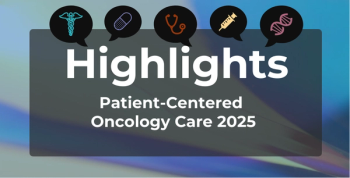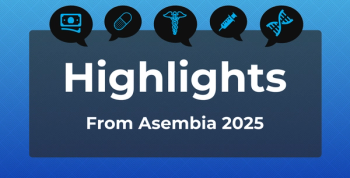
Insurance Delays Add Costs to CAR T-Cell Therapy: Ravi Vij, MD, MBA
Ravi Vij, MD, MBA, explains how insurance-related delays in CAR T approval slow treatment initiation, increase interim therapy costs, and contribute to patient burden.
Access to
In an interview with The American Journal of Managed Care®, Ravi Vij, MD, MBA, professor of medicine in the Division of Medical Oncology at Washington University School of Medicine, described how commercial payer processes like benefit verification and single-patient agreements contribute to longer wait times compared with Medicare. According to him, these delays not only postpone potentially life-saving treatment but can also drive up costs as patients often require expensive interim therapies to control disease progression.
Vij emphasized that operational improvements, including
This transcript has been lightly edited; captions were auto-generated.
Transcript
Delays in blood cancer testing and diagnosis can slow down treatment. Which patients are most impacted by these delays?
Getting CAR T does involve
How do these delays contribute to increased costs of care?
Delays add to the cost because a lot of these patients have diseases that are aggressive and require interim therapy to keep their disease in check, often for several months by the time the infusion of the CAR T occurs, and these therapies themselves can be expensive. In the case of myeloma, we often use bispecifics to bridge—that is in itself an
What operational changes could help patients get started on treatment sooner?
I think obviously
Newsletter
Stay ahead of policy, cost, and value—subscribe to AJMC for expert insights at the intersection of clinical care and health economics.







































